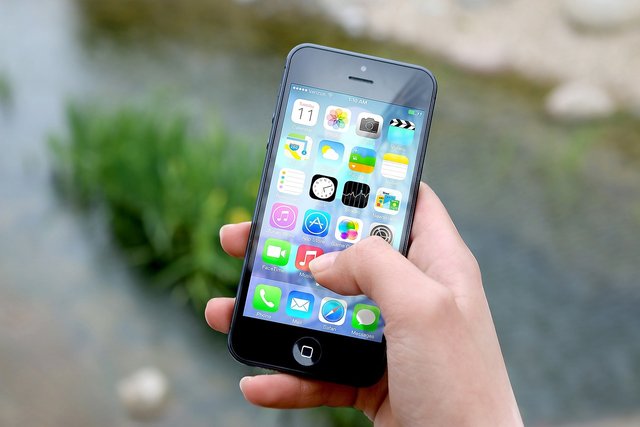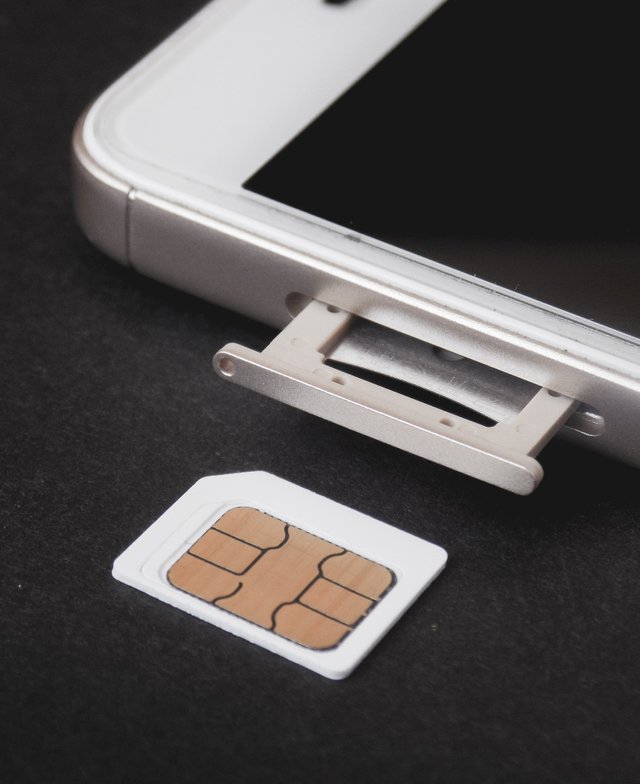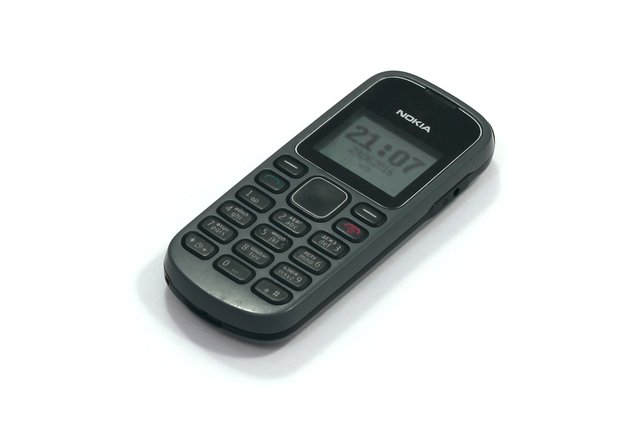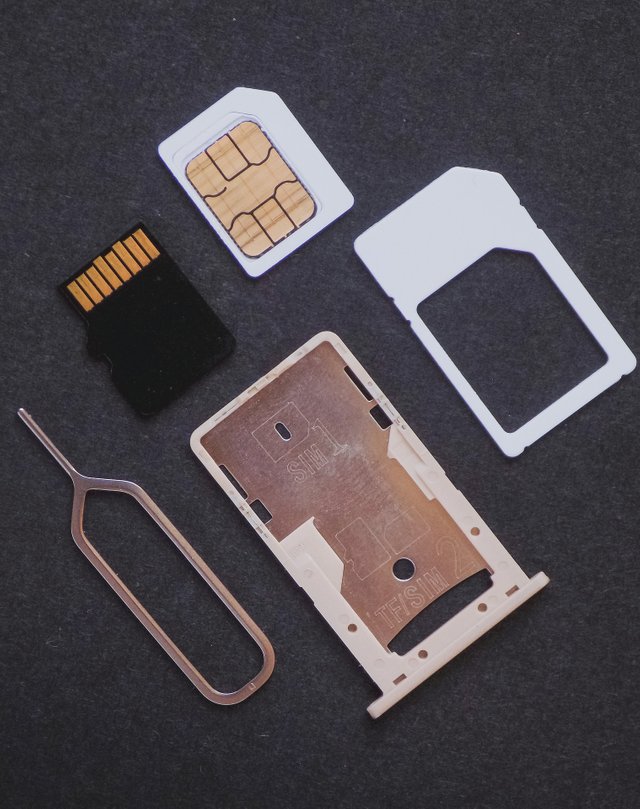"Bismillah-hir-rahmanir-rahim"
Let's take a trip down memory lane, exploring how mobile communication evolved in Bangladesh from 2002 to 2023. Back then, technology was not as advanced, and talking to someone on the internet was a thrilling experience. Nokia feature phones ruled the scene, and Grameen phone's Pallyphone service made it possible to talk to distant loved ones, though it came at a cost of 7 takas per minute. Rapid ahead to nowadays, and mobile telephones are an inseparable part of our lives, making video calls and staying linked with human beings around the world is an ordinary truth.
Early Days: Pallyphone by Grameenphone
In the early 2000s, Grameenphone's Pallyphone service allowed people to connect despite the distance, but it wasn't cheap, charging 7 taka per minute. Those Nokia feature phones were our trusted companions for communication.
Technology progressed, and with it came the option to buy a SIM card, offering more flexibility. A recharge of 300 taka gave 7 taka per minute talk time, but the card was valid for only 21 days, requiring careful usage.
With time, more operators like Aktel, Citesel, and Warid joined the market, making mobile communication accessible to all, transcending social classes.
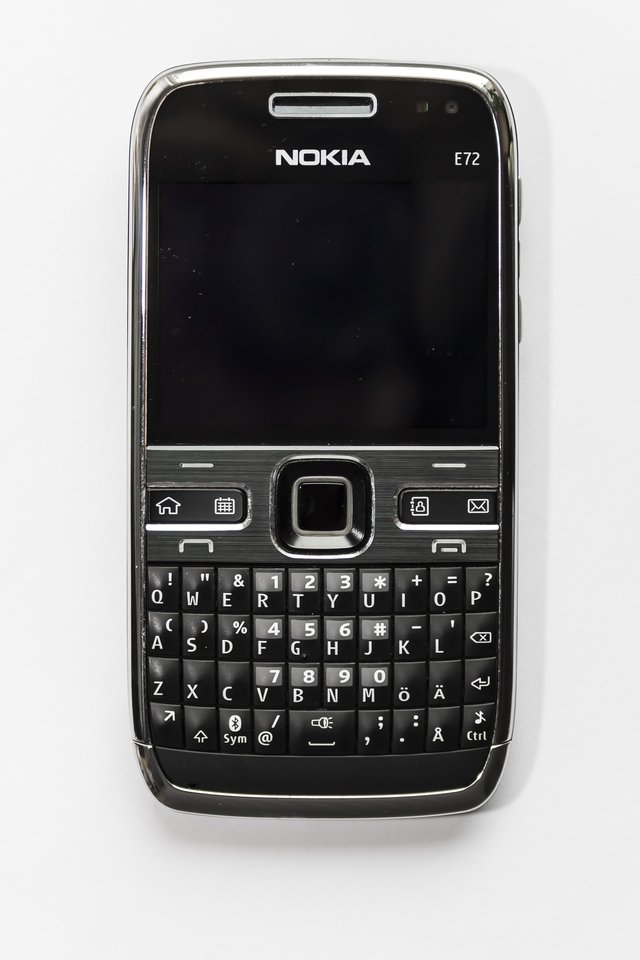
pixabay
Now, mobile phones have become essential, offering various communication options. We can effortlessly make video calls using the internet, keeping us connected like never before.
For those born before 2000, mobile phones were once a distant dream. Witnessing this modification is exceptional, as what changed into once a luxury has ended up a normal necessity, connecting human beings from all walks of life.
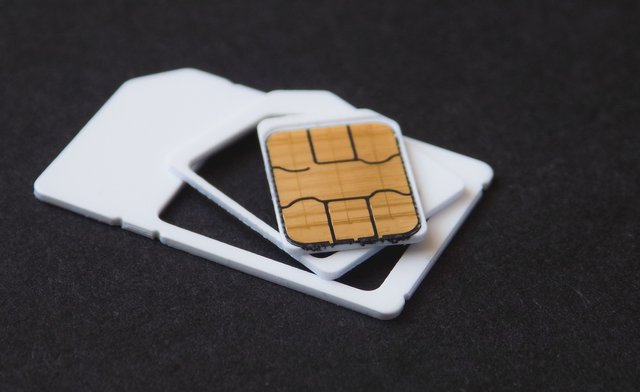
pixabay
The evolution of mobile communication in Bangladesh from the days of Pallyphone to today's seamless video calls is a testament to technology's incredible progress. Embracing this adventure, we eagerly look ahead to the future, wherein generation will hold to reshape the way we live and communicate.



"Newcomers' Community" Achievement Verified Link :


